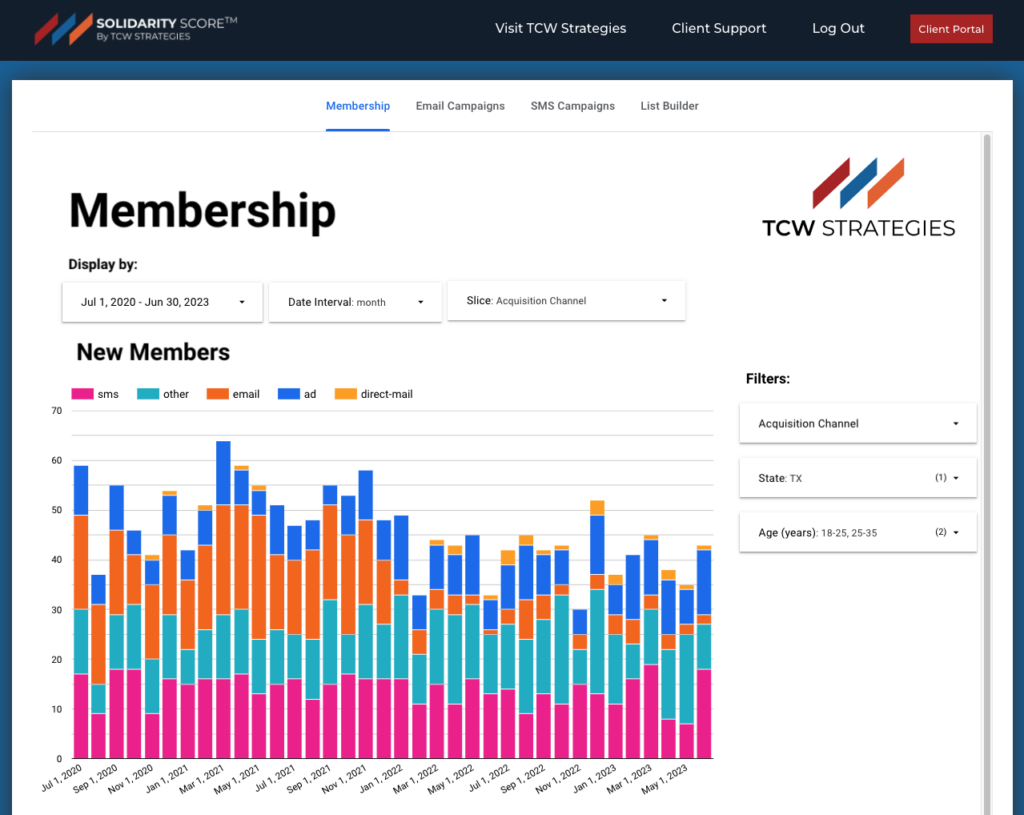Unions stand as the guardians of workers’ rights, tirelessly advocating for fair wages, safe workplaces, and a powerful collective voice.
To be successful as the backbone of the working class in this increasingly data-driven society, unions must elevate their strategies to navigate the complexities effectively. Imagine data as a guiding light, illuminating the path toward operational excellence, increased engagement, and sustainable growth.
It’s important to recognize that building a data culture and influencing outcomes is not a checklist to be completed one item at a time. It’s an interconnected effort that demands a unified vision. These strategies are not isolated actions; instead, they form a sequence, working together for maximum impact.
Navigating the Data Landscape
Imagine you’re in a dark forest. Data is your flashlight, guiding you and helping you navigate faster. It’s not just about numbers and charts; it’s about knowing what works, what doesn’t, and how to make your union unstoppable.
Here are 8 ways unions can use data to shine:
1. Gather Data in One Place. Stop storing info in different places. It’s time to centralize your data in one place. Establish a centralized data repository, akin to a knowledge library, where all relevant information resides. This ensures easy access, avoids duplication, and fosters collaboration among union members.
2. Organize Your Data. Picture a messy bookshelf compared to a perfectly categorized one. Data needs structure to make sense. This is where data governance comes in, like putting labels on everything. You need your data to be easily navigable and understandable with a logical structure.
3. Utilize Dynamic Dashboards. Imagine windows that show you everything happening in your union, from membership numbers to campaign success. That’s what flexible dashboards do, giving you instant, real-time insights, empowering decision-makers with the information needed for strategic planning. These flexible dashboards also improve data quality as they capture and centralize multiple analytical use cases to ensure data consistency across different reports, greatly reducing time spent on development and maintenance.

4. Define Key Goals. Precision is paramount. What does “winning” mean for your union? Be specific! Clearly define goals using specific metrics. Instead of a vague objective like “increase membership,” specify a measurable target, such as “achieve a 10% growth in young worker memberships.” This helps you track and measure your progress.
5. Futuristic Vision. Don’t just stare at the present. Use data as a predictive tool to envision what might happen, like which demographics your union needs to focus on to grow. Analyze trends to identify which demographics your union should target for growth, laying the groundwork for sustained success.
6. Identify Your Levers. Think of levers like switches on a machine. Data helps you see which actions actually move your goals, like which organizing strategies work best to strategically optimize your operational processes.
7. Experimentation. Adopt a scientific approach to experimentation. Test different ideas to see what makes the biggest impact. Utilize tools like A/B testing to systematically test different ideas and strategies, like trying two different email subject lines to see which one gets more clicks. Experiment with tools and processes, determining which ones yield the most significant impact and then refine your approach accordingly.
8. Evaluate Everything. Don’t just keep throwing darts at the board. See what’s working and what’s not, based on hard data. Move beyond random attempts and evaluate strategies systematically based on hard data. This helps you learn and improve, allowing you to determine what is, and is not, working. With proper evaluation, you will see continuous learning and improvement.
Creating a Unified Approach for Success
Data is a lot like a pyramid. You need a strong foundation before you can reach the top. Start with:
- Operational Visibility: Know what’s going on in your union. Track day-to-day metrics such as phone calls and event attendance to gain insights into the union’s ongoing activities.
- Outcome Measurement: Identify and measure critical outcomes that truly matter, like member satisfaction or contract wins. This step ensures that your union is not just active but also effective, contributing to the overall success of the organization.
Once your foundation is in place, you can climb higher:
- Goal Setting: It’s not merely about vague aspirations but defining specific, measurable objectives. For instance, instead of a broad goal like “enhancing our online presence,” consider a concrete target such as “doubling our social media presence.” This precision transforms your goals from nebulous ideas into actionable and measurable milestones.
- Goal Optimization: Determine the exact actions to get you to your goal. For example, if you have set the goal to “double our social media presence” you need a strategic evaluation of content strategies so you can post more engaging content.
Bonus tip: If you can’t measure it, you can’t manage it. That’s true for everything, from organizing campaigns to negotiating contracts. Data is your secret weapon, so use it wisely!
Final Thoughts
Remember, success is not merely a checklist; it’s a unified vision, where each strategy complements and strengthens the other. Managing your data will empower you to reach more members and do more with the resources you have at hand.
Keep in mind that if you can’t measure it – you can’t manage it. This is true for everything, from organizing campaigns to negotiating contracts.
Contact us today to discover more strategies tailored to your goals and campaigns. Our expertise extends beyond these foundational pillars, and we’re here to help you harness the power of data, allowing you to propel your campaigns and organizational growth to new heights.
Schedule a call with TCW Strategies or visit our website to learn how we apply data analytics, technology, and organizing expertise to build grassroots power.



